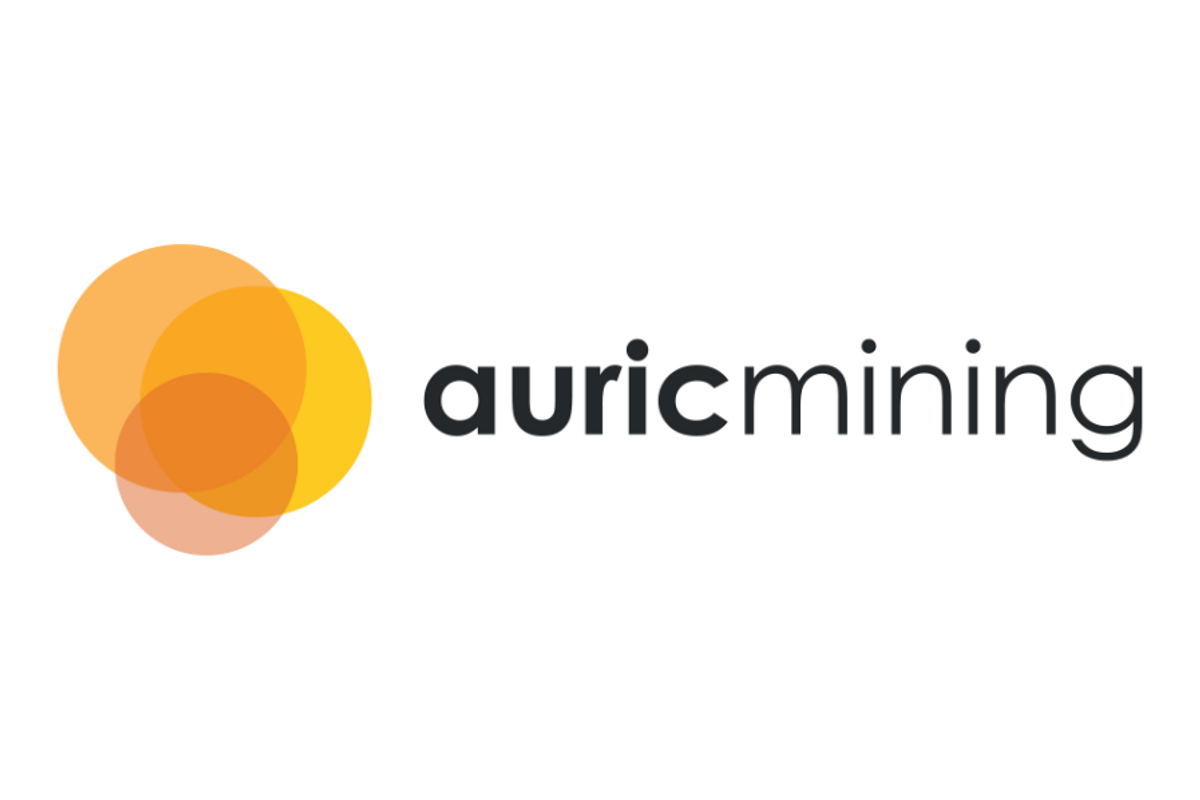
March 19, 2024
Auric Mining Limited (ASX: AWJ) (Auric or the Company) is pleased to provide an update on the status of the 16,829,135 quoted Options (ASX: AWJOA) to acquire fully paid ordinary shares in the capital of the Company each at an exercise price of $0.15 expiring on 31 March 2024.
1. At the close of business Friday 15 March 2024 a total of $339,026.70 has been received by Computershare, representing the conversion of 2,260,178 options into fully paid ordinary shares.
2. Auric Directors will exercise all their options. The total is 645,839 options for a total of $96,875.85.
3. The last day of trading AWJOA will be Friday, 22 March 2024.
4. The last day to exercise the AWJOA is Thursday 28 March 2024.
If you need assistance with the paperwork and forms, please contact the Joint Company Secretary, Catherine Yeo on cyeo@auricmining.com.au.
Click here for the full ASX Release
This article includes content from Auric Mining, licensed for the purpose of publishing on Investing News Australia. This article does not constitute financial product advice. It is your responsibility to perform proper due diligence before acting upon any information provided here. Please refer to our full disclaimer here.
AWJ:AU
The Conversation (0)
09 August 2024
Auric Mining
Western Australian gold producer, explorer and developer with world-class deposits
Western Australian gold producer, explorer and developer with world-class deposits Keep Reading...
Latest News
Latest Press Releases
Related News
TOP STOCKS
American Battery4.030.24
Aion Therapeutic0.10-0.01
Cybin Corp2.140.00
